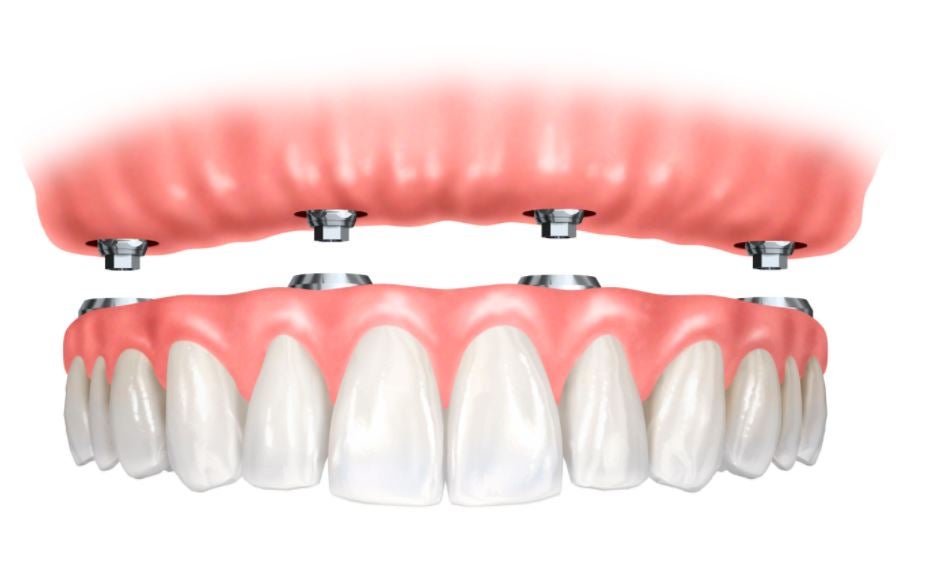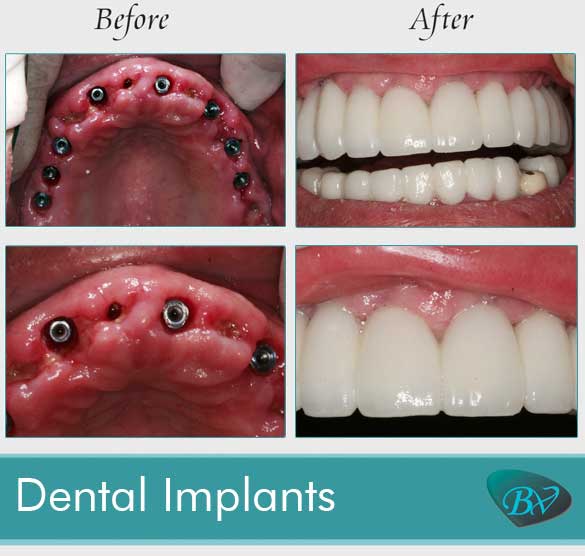Rumored Buzz on Dental Sense
Rumored Buzz on Dental Sense
Blog Article
Some Ideas on Dental Sense You Need To Know
Table of ContentsThe 7-Minute Rule for Dental SenseDental Sense - An OverviewThe Greatest Guide To Dental SenseAll About Dental Sense
are medical tools surgically implanted into the jaw to recover a person's capacity to chew or their look. They provide assistance for synthetic (fake) teeth, such as crowns, bridges, or dentures. When a tooth is shed because of injury or condition, a person can experience difficulties such as quick bone loss, malfunctioning speech, or modifications to eating patterns that cause discomfort.Dental dental implant systems consist of a dental implant body and oral implant joint and may additionally consist of an abutment fixation screw. Wisdom tooth cavity. The oral implant body is surgically inserted in the jawbone instead of the tooth's root. The dental implant joint is typically connected to the implant body by the joint fixation screw and extends via gum tissues right into the mouth to sustain the affixed artificial teeth
(https://www.pubpub.org/user/matthew-music)Structure of The Oral Implant System selecting dental implants, speak with your oral copyright about the prospective advantages and threats, and whether you are a candidate for the procedure. Things to consider: Your total health and wellness is an essential aspect in figuring out whether you are a great prospect for oral implants, how long it will take to heal, and how much time the dental implant may remain in location.
Cigarette smoking may influence the recovery process and reduce the long-term success of the implant. The recovery procedure for the implant body may take several months or longer, throughout which time you commonly have a short-lived joint in location of the tooth. the oral implant treatment: Very carefully follow the dental health directions provided to you by your dental service provider.
Dental Sense Can Be Fun For Anyone
Implant failing can cause the demand for one more surgery to repair or change the implant system. Brings back the capacity to chew Recovers cosmetic look Aids keep the jawbone from diminishing because of bone loss Maintains the health of the bordering bone and gum tissues Helps keep nearby (neighboring) teeth stable Enhances lifestyle Damage to surrounding all-natural teeth throughout dental implant positioning Injury to the surrounding cells throughout surgery, such as sinus opening Injury during surgical treatment (as an example, crack of bordering jawbone) Inadequate function, such as feeling like the teeth do not bite together usually A sensation that the tooth is loose or turning in position arising from an abutment screw loosening up Implant body failure (looseness of the dental implant body) as a result of systemic infection, which may be most likely in individuals with unrestrained diabetes mellitus as a result of neighborhood infection in bone and gum tissues supporting the implant body due to postponed recovery, which may be more probable in people that smoke Trouble cleansing the gum tissues around the dental implant, leading to bad dental health Unattended periodontal illness Post-surgical pins and needles because of nerve impingement or damages Always inform healthcare providers and imaging specialists that you have dental implants before any kind of magnetic vibration imaging (MRI) or x-ray procedures.
FDA is not mindful of any kind of damaging occasions reported for MRI or x-ray treatments with dental implants. Dental implants systems are commonly made from materials that follow global agreement requirements of the International Organization for Standardization (ISO) or ASTM International. These standards have information of what makes a risk-free material.

A dental implant is a framework that changes a missing tooth. With screw-like tools, the cosmetic surgeon inserts a dental implant right into the jawbone, and it serves as a support for a synthetic tooth, called a crown. A tool called an abutment attaches the artificial tooth to the dental implant. The crown is personalized to fit the person's mouth and match the color of their teeth.
Not known Factual Statements About Dental Sense
Some individuals are not qualified for oral implant surgical procedure. It is for oral doctors to operate individuals with: severe illnessuncontrollable metabolic diseasebone or soft cells illness or infectionIf these problems are solved, an individual can have the surgical treatment. In, dental specialists refrain from operating people with: If individuals with any one of the above go through dental implant surgical treatment, there is a higher risk of the implant failing.

Dental implant surgical treatment is an individualized procedure. Offer you time to heal. Attach the message and final crown, bridge or denture.
Next, your specialist will very carefully put the dental implant into your jaw. If your implant is near the front of your mouth, your dentist will certainly make a short-lived tooth for you to use up until you heal.
The 9-Second Trick For Dental Sense
During the healing phase, your jawbone needs to fuse to the dental implant. This procedure can take anywhere from three to nine months.
As soon as your dental implant heals, your dental expert can attach the abutment (tiny port blog post) and your last remediation (crown, bridge or denture). This generally takes about one hour to complete and might require a 2nd minor surgical treatment. You should not feel any kind of pain during your dental implant procedure due to the fact that your company will use medicine to numb your gum tissues.
Report this page